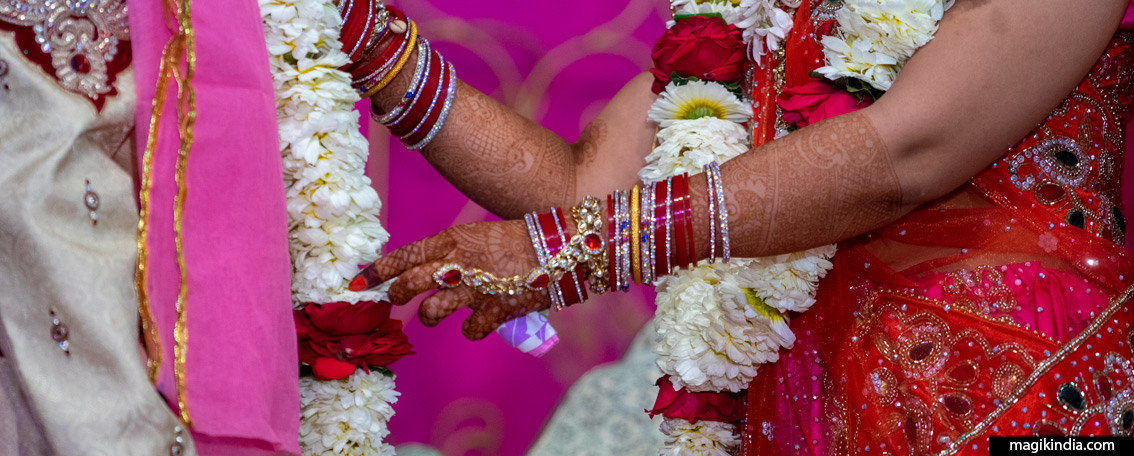
Hindu wedding rituals in Rajasthan
India celebrates more than 10 million weddings each year, which means that the wedding industry is doing well in the country of Gandhi ; with an annual turnover of 50 billion euros per year, it is the most largest marriage market after the United States (70 billion). No need to say that marriage is the most important ceremony in the lives of Indians. It varies from region to region and includes a myriad of highly codified rituals. In this article, I will stick to the Hindu marriage celebrated in Rajasthan and more particularly to that of the region of Mewar (Udaipur), where I live.
The Hindu Dharma sets forth four “Purusarthas” (four basic aims in life): Dharma (duty, moral values), Artha (prosperity), Kama (pleasure, love) and Moksha (the liberation, spiritual values). The purpose of marriage is therefore to accomplish the Purushartha of “Kama” and then to evolve gradually during one’s life towards “Moksha”.
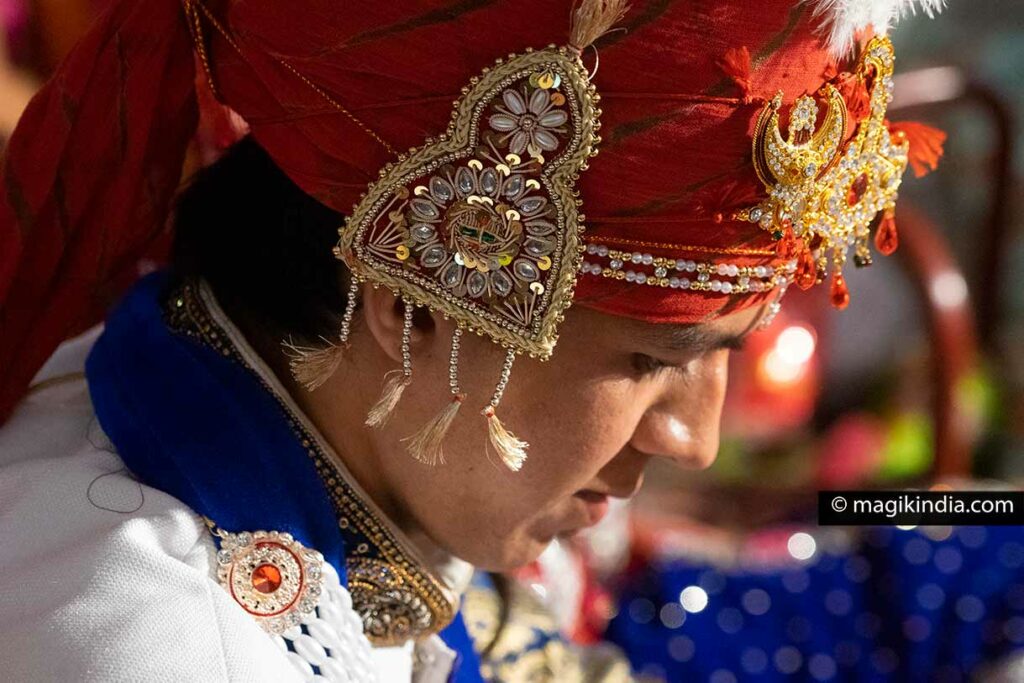
In India, marriages are 90% arranged, that is to say that families are responsible for finding a “good match” for their children of marriageable age; however, the final decision rests with the bride and groom. In Indian society, arranged marriages are considered to be more stable at all levels, as usually the future partners are chosen carefully by the parents.
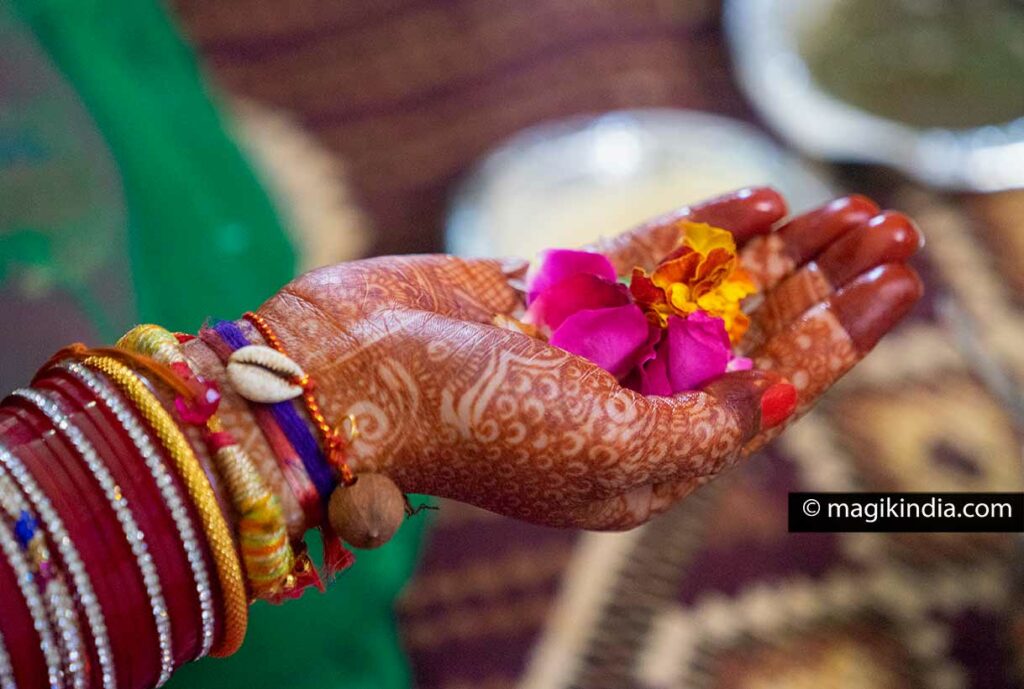
During the wedding, it is also the reputation of the family that is at stake. Thus, the parents do not hesitate to spend a huge sum for this ceremony, a minimum of 10,000 euros for people belonging to the middle class, which is considerable in India. In Rajasthan, for example, it is not uncommon for the guest list to number over 1000 people!
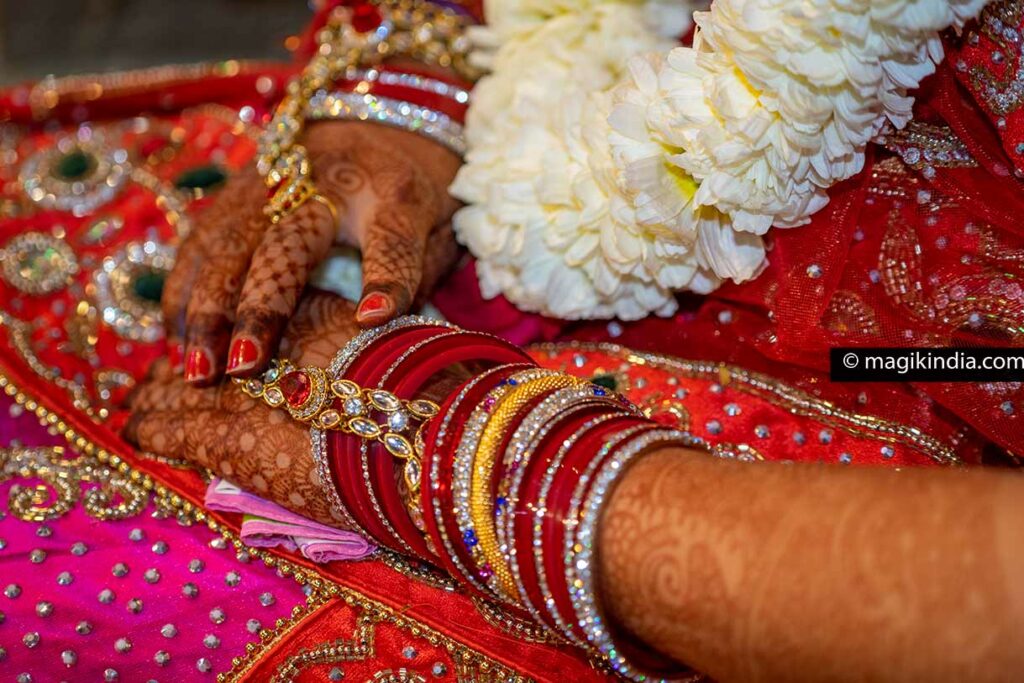
Let’s now see the main stages of the Rajasthani wedding; I would like to point out, however, that the list is not exhaustive, other minor rituals are inserted between these major phases.
The Tilak Ceremony: The Engagement
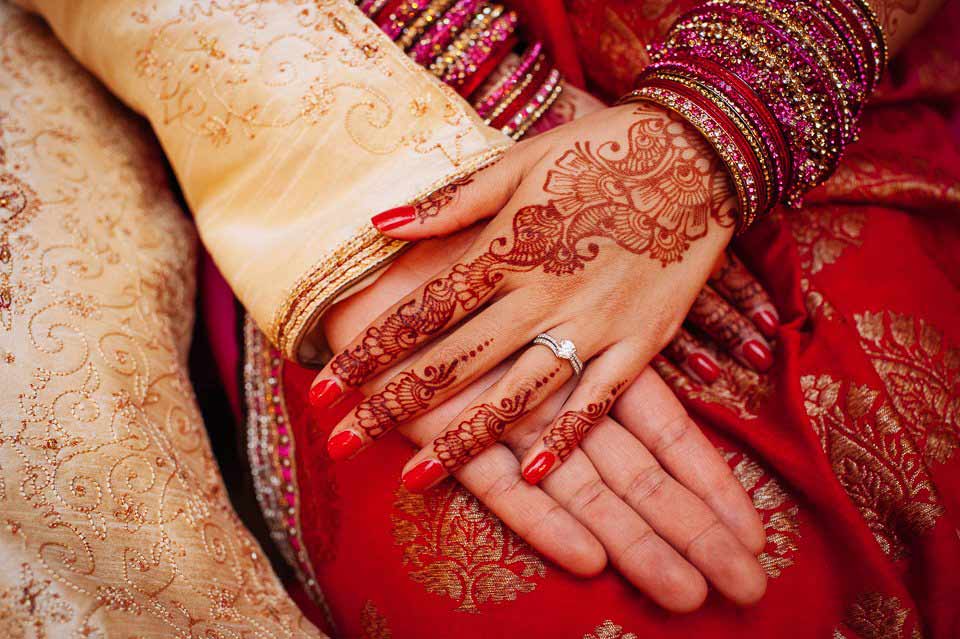
The Tilak ceremony in Rajasthan is when marriage is officially announced. The two families meet at the future bride’s house. There follows an exchange of gifts: costumes, saris and gold jewelry if the family is wealthy. Then, the two respective fathers of the betrothed affix a tilak (red mark) on the forehead of the latter. There is also sometimes an exchange of rings called Sagar.
Wedding murals

A few weeks before the wedding, certain cities in Rajasthan such as Udaipur, Jaisalmer, Bundi or Pushkar have this beautiful tradition of adorning the entrance to the house of the bride and groom* with elegant frescoes, which either describe a wedding procession or represent Ganesha, the auspicious god.
It’s another way to formalize the wedding and also a nice way to spruce up the house to welcome the newlyweds.
*In India, the married woman live with her in-laws.

D-4: Ganapati Sthapana, invoking the gods
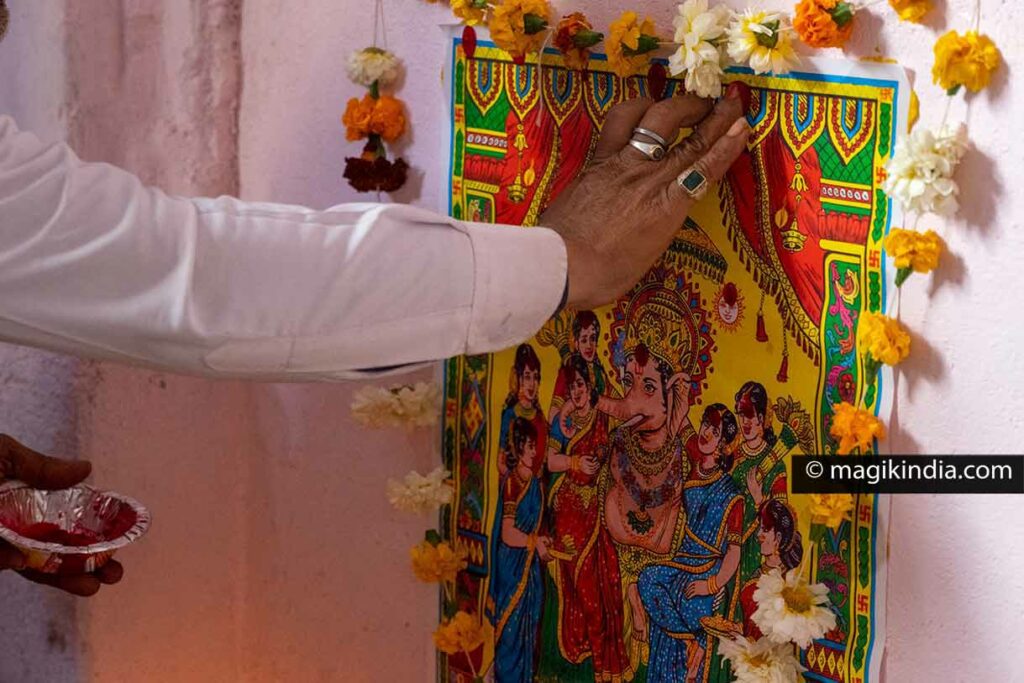
A few days before the actual wedding, several ceremonies take place. The very first being that of Ganapati Sthapana.
According to Hindu tradition, no event can take place without a first ritual to Ganesha otherwise known as Ganapati, the god with the head of an elephant, symbol of auspiciousness. Ganesha is always invoked before all other gods in Hindu mythology, as he is said to have received the fruit of wisdom from his divine parents, Shiva and Parvati.

The marriage ceremony therefore begins with a prayer to Ganesha: he is invited to enter the house of each future groom so that he can bless the marriage.
In Rajasthan, a poster of Ganesha is fixed on one of the walls of the house located to the East. Several rituals and offerings follow, each with its own symbolism.
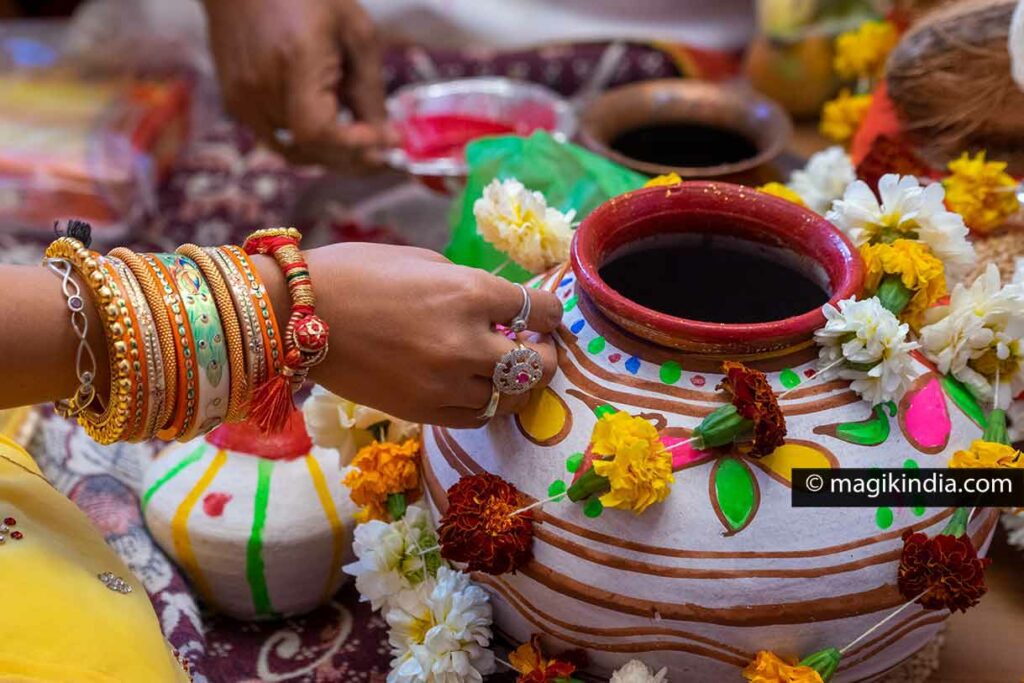
At the end of the ceremony, a Mangal Kalash is prepared. It is a recurring element of Hindu rituals, its origin would go back to the Vedas, a set of thousand-year-old texts, at the origin of Hinduism.
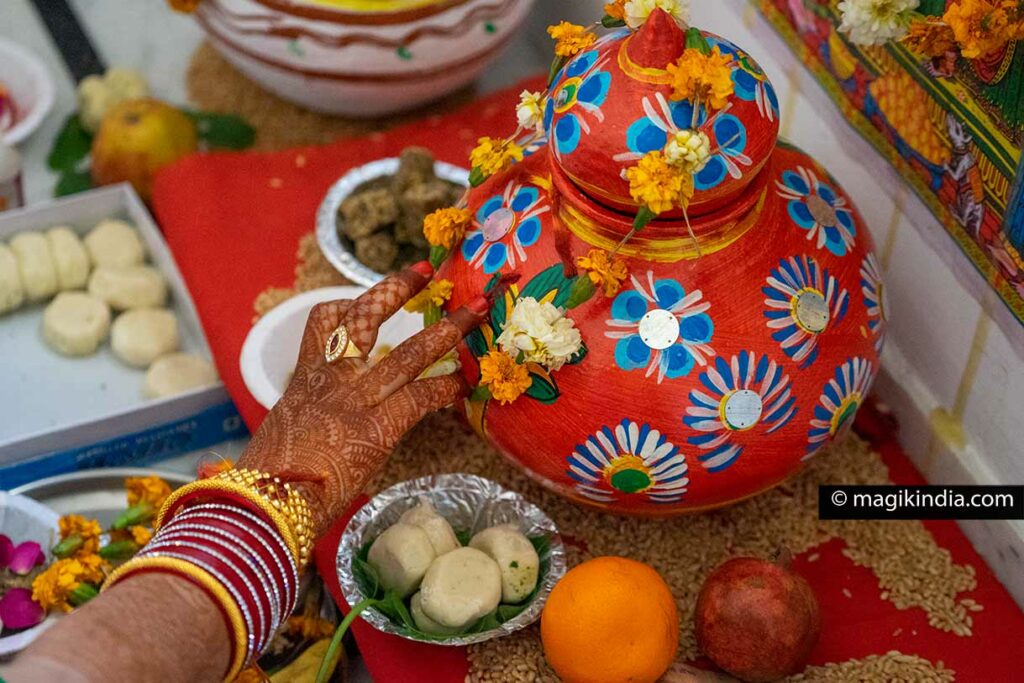
The Kalash comes in the form of a metal or terracotta pot like in Rajasthan that is filled with cereals, water, coins and sometimes even gold and precious stones.
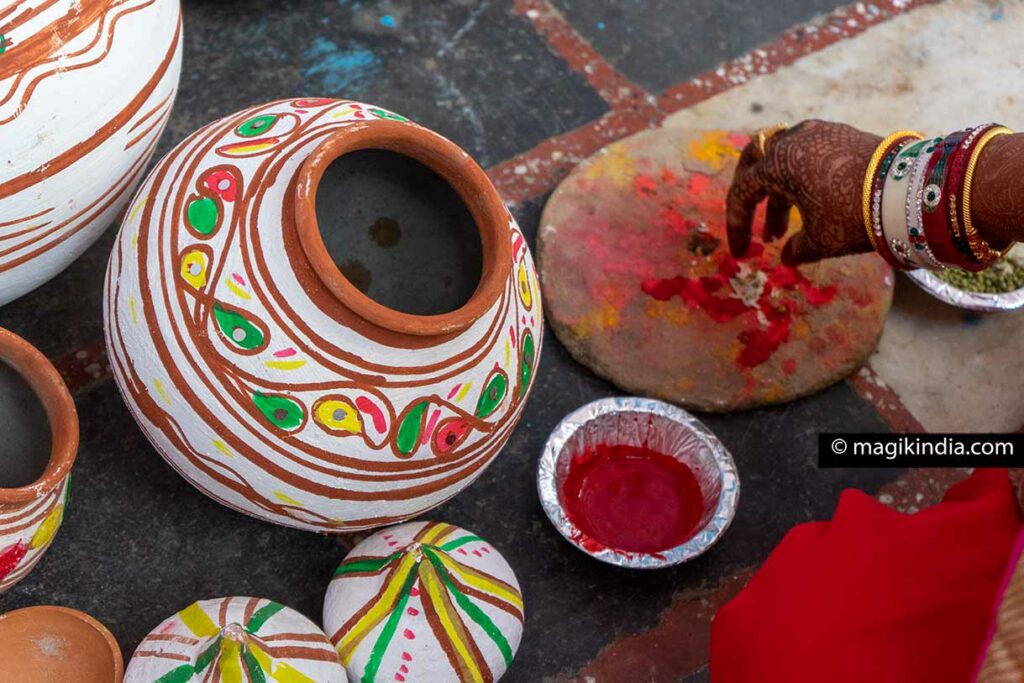
The Mangal Kalash is, according to Hindu mythology, the pot that contains the Amrita, the elixir of life. As such, it is considered a symbol of abundance, wisdom and immortality. It also represents the woman’s uterus and, therefore, fertility. A thread is tied on the neck of the pot signifying the love that binds the family.
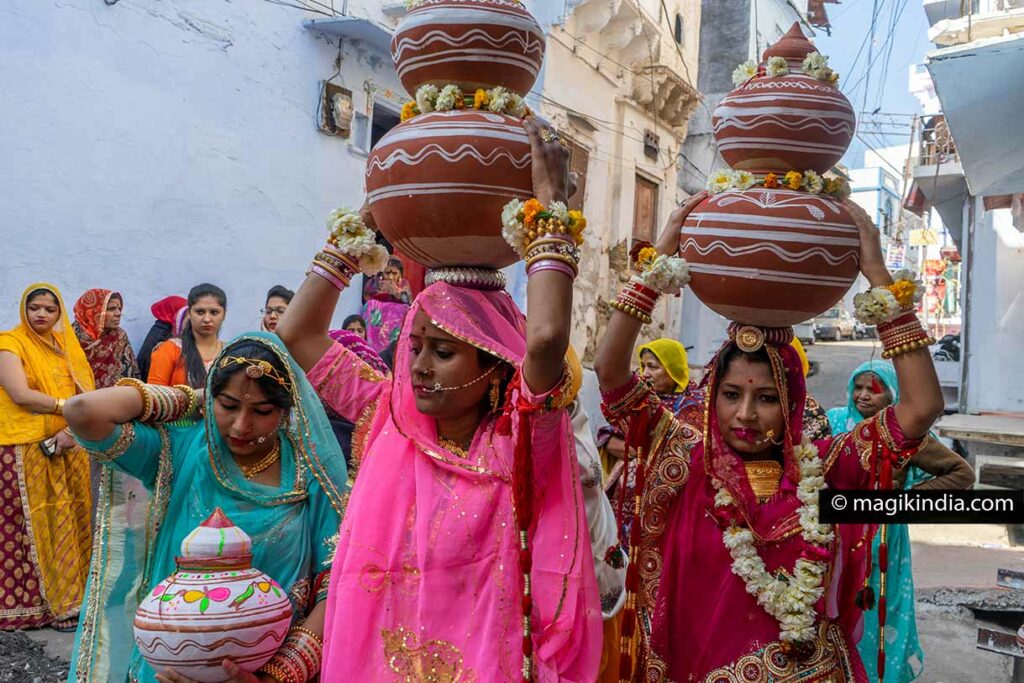
D-3 : Pithi Dastoor, the turmeric ceremony
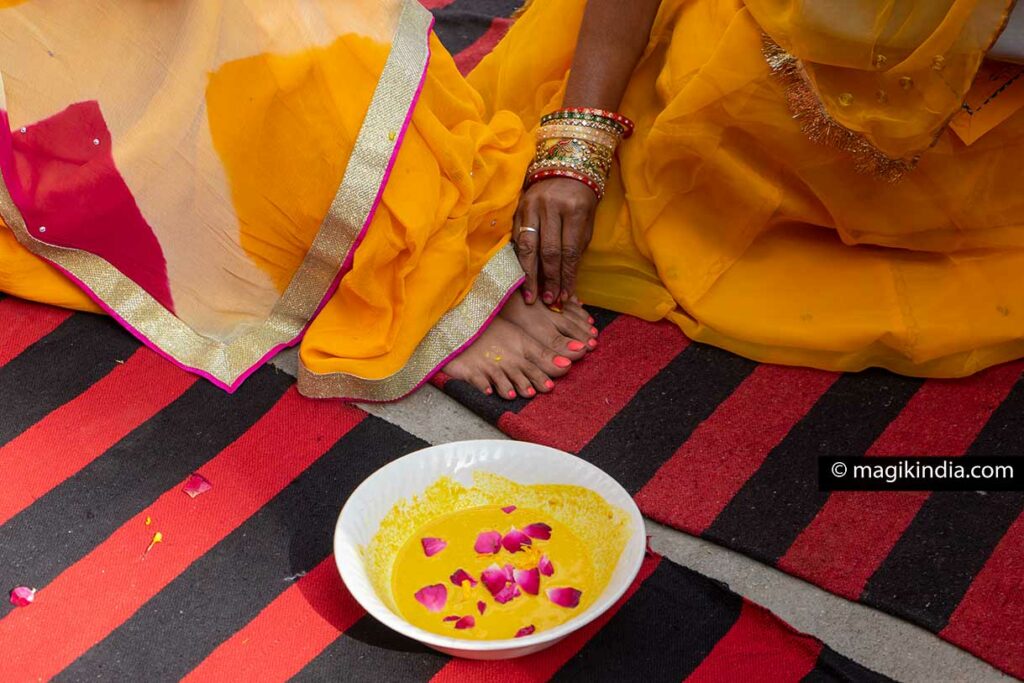
Just like the invocation to Ganesha, the Hindu wedding cannot take place without the Pithi Dastoor ceremony.
Relatives prepare a paste based on turmeric, oil, sandalwood powder and rose water which the married women then playfully apply to the face and feet of the bride and groom (during this ceremony the couple is separated).
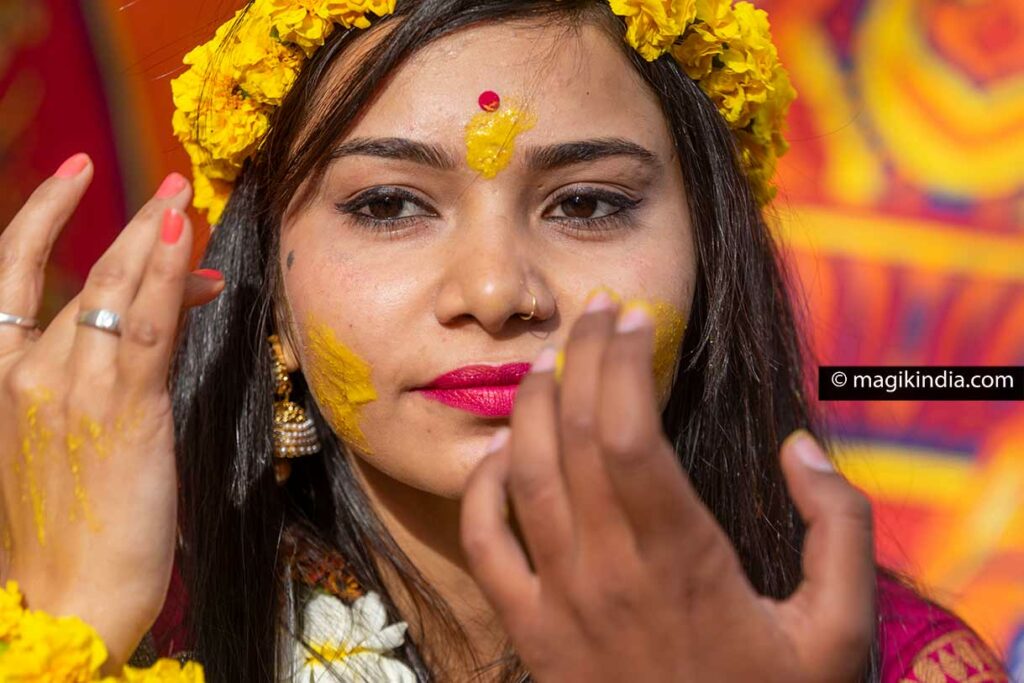
Turmeric is known to have healing properties and gives a glowing tone to the skin. The mixture is also believed to bless the couple before marriage, as turmeric is considered auspicious and protective.
This ceremony is also accompanied by traditional songs and dances (now most often replaced by Bollywood songs) and the dress code on this day is to wear yellow, a reminder of the color of turmeric.
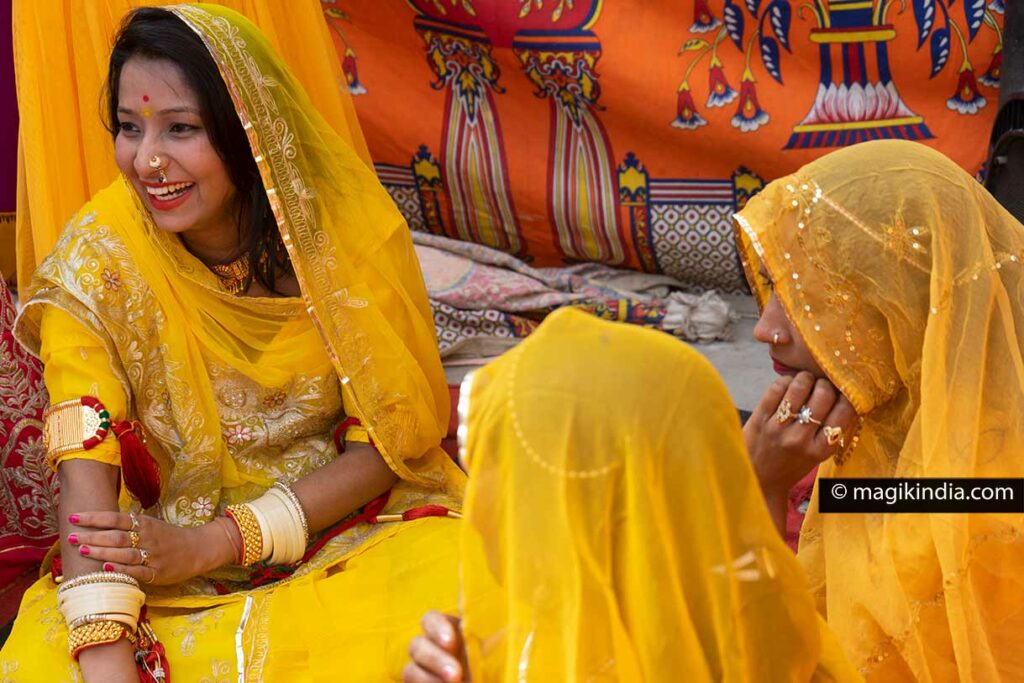
D-2 : Henna Ritual (Mehndi)
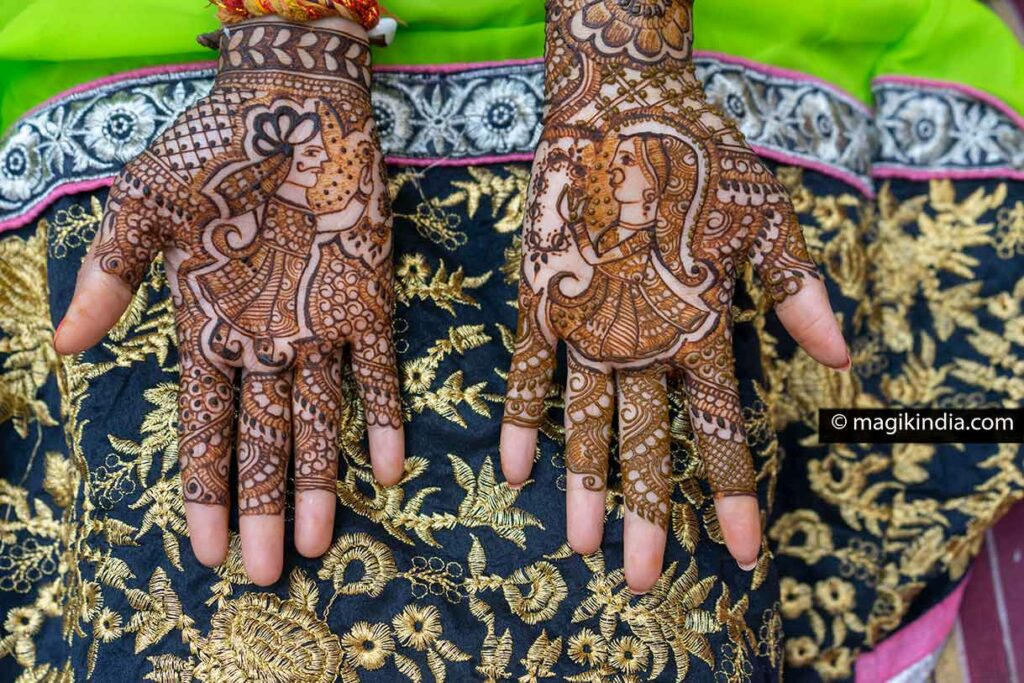
No wedding without henna in India, and that regardless of faith!
The henna rite is very old, it is said to originate from Mesopotamia and its use was also very widespread in the time of ancient Egypt (traces of it have been found on Egyptian mummies).
Some scholars claim that henna body decoration was already common in ancient India, but what is most widely acknowledged is that this tradition was brought to India by the Mughals from Iran in the 12th century CE.
The application of henna designs on the arms and feet marks all major stages of existence in India and is mostly done on women. It is not just a simple ornamentation, the Indians also lend it magical and protective functions against negative forces.
This meticulous art can take up to 4 hours! The designs made depend on the wishes of the future bride… The creations are endless!
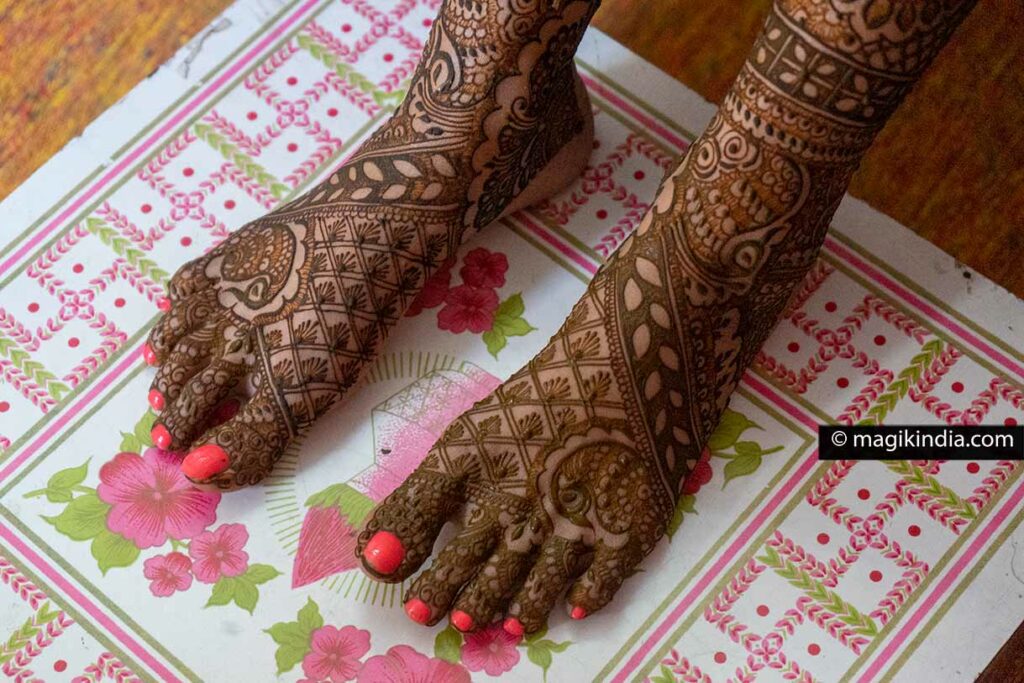
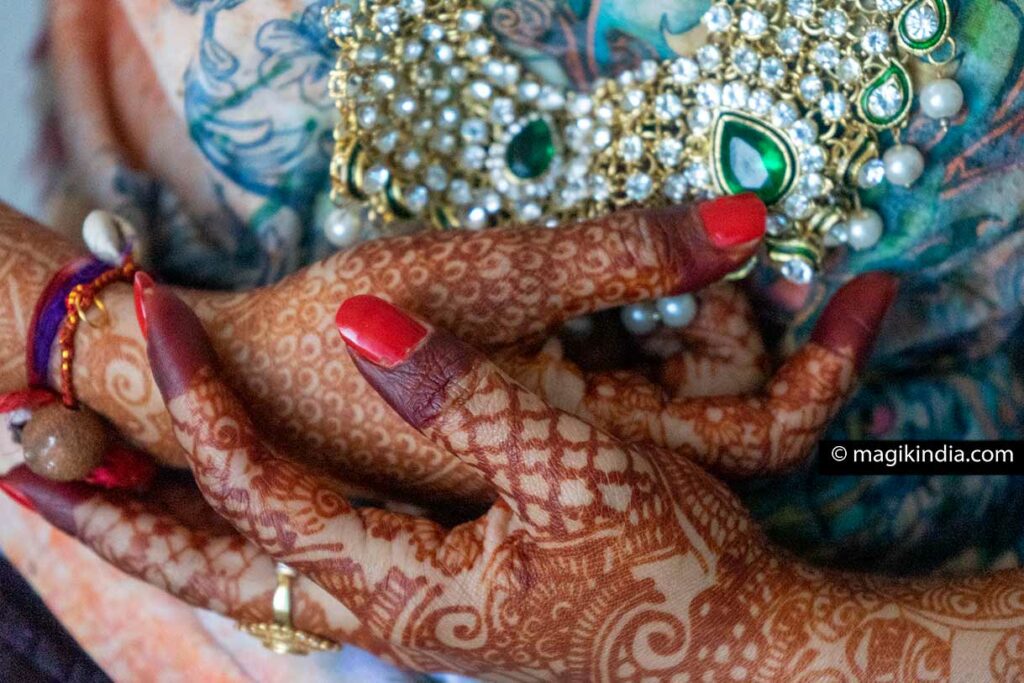
D-2 : Mehfil or Sangeet, dance party
The Sangeet is an evening where family members and friends gather to enjoy an evening of traditional music and dancing. Nowadays, so-called “Bollywood” dances are more popular and relatives are often asked to prepare a choreography in advance to perform on stage. This evening is usually accompanied by a buffet.
D-Day: The Wedding
So here is the wedding day itself.
The bride usually dressed in red and gold arrives first at the wedding venue with a procession.
Baraat
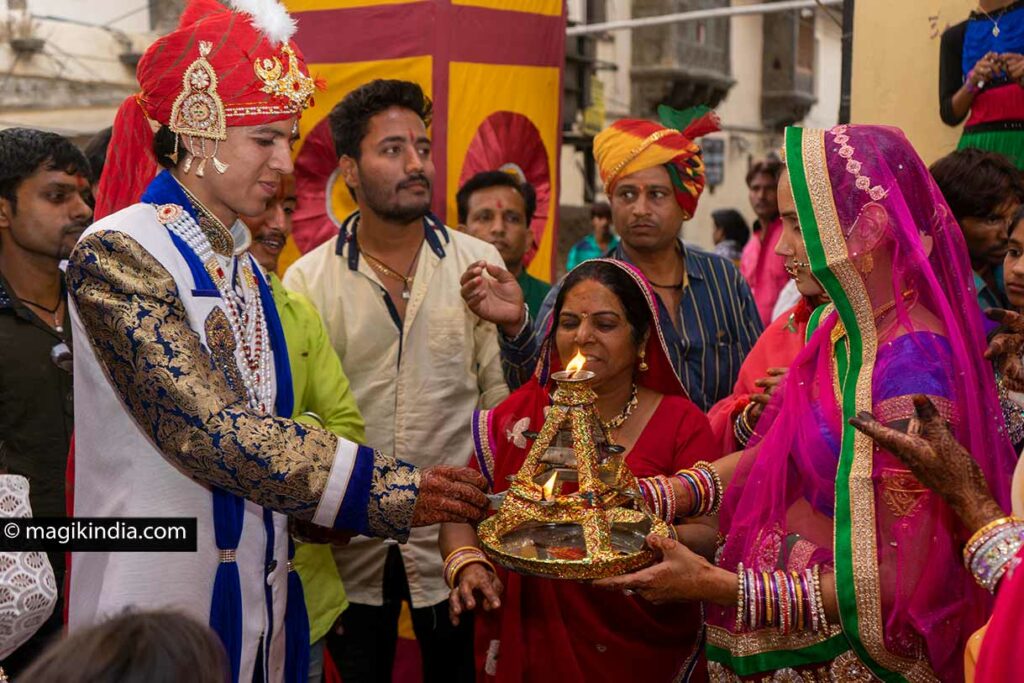
The groom dressed like a prince with his turban and saber rides a white horse (or an elephant sometimes) and goes to the wedding venue accompanied by a wedding procession made up of family members and friends. Once the groom reaches the wedding venue, he is greeted by his in-laws who perform an aarti (flame offering) in front of him.
Jaimala
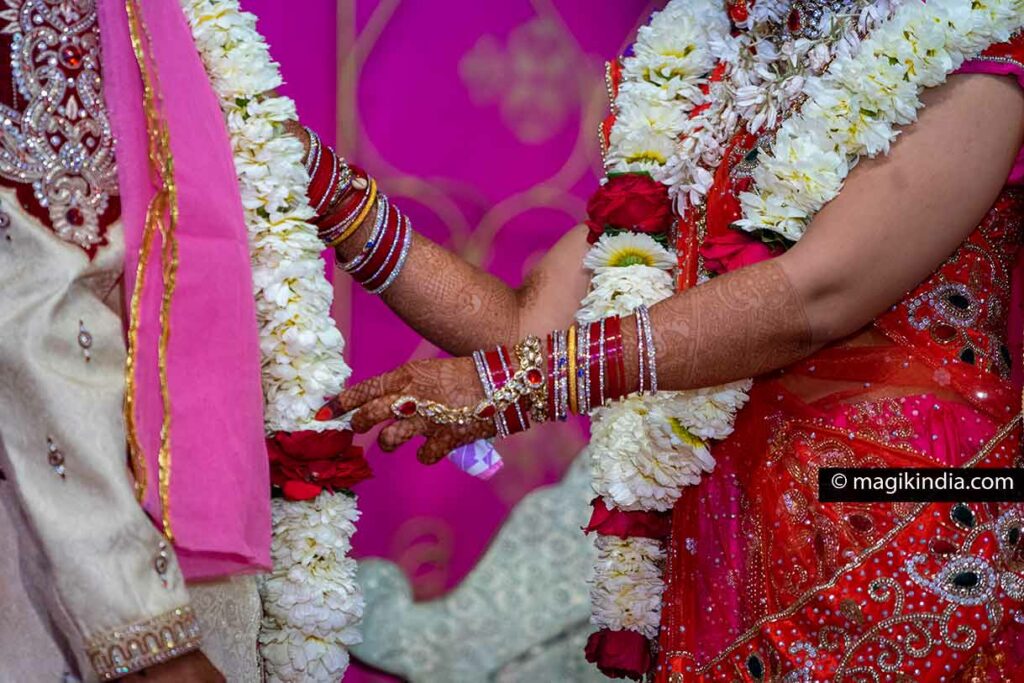
The groom is then taken to his future bride. They exchange a garland of flowers (jaimala) then they head to the mandap where the wedding ceremonies will take place.
A wedding mandap is a covered square structure supported by four pillars and temporarily erected for the purpose of a Hindu or Jain wedding. The havan kund (sacred fire) is placed in the center.
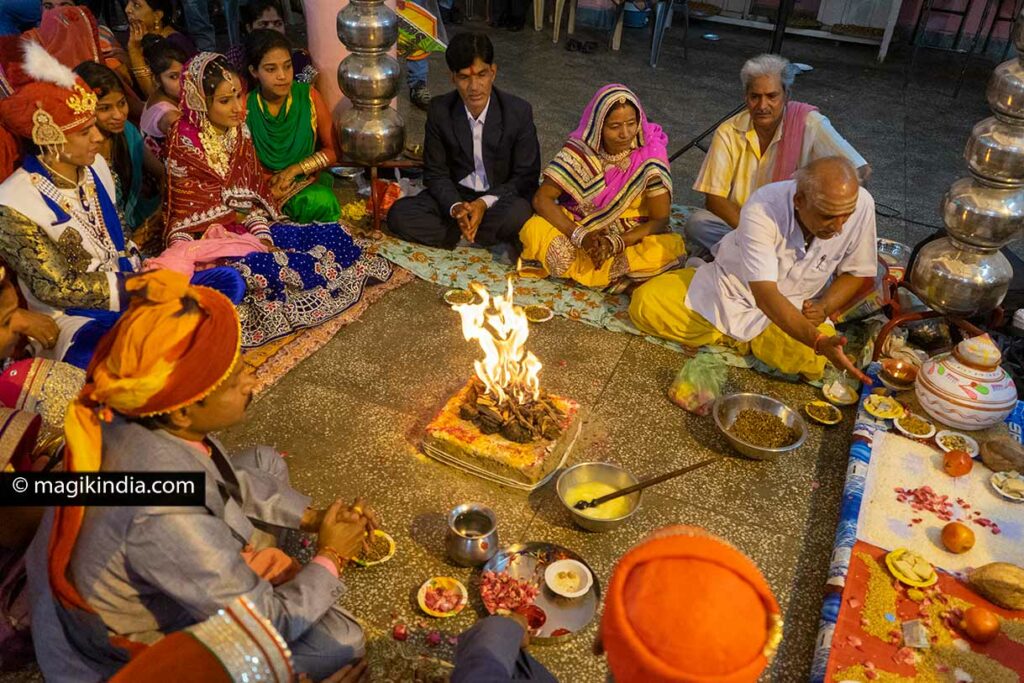
Pheras
Under the Mandap, a myriad of rituals take place, then comes the one that seals the marriage: the Pheras (rounds).
First, the priest ties the bride’s pallu or chunni (veil) to the groom’s shawl (dupatta), symbolizing their eternal union (Granthi Bandhan).
Tied to each other, the bride and groom then circle the sacred fire seven times while the priest recites Vedic mantras. The groom leads four and the bride three.
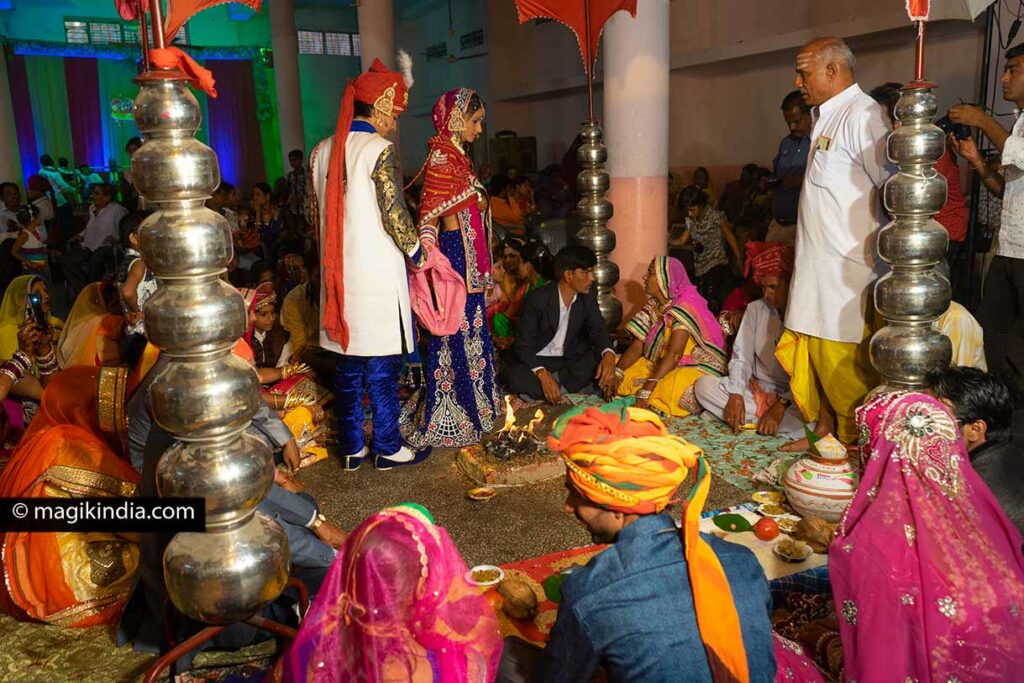
1 – During the first round or phera, the couple prays to God that they always have something to eat.
2 – In the second round, the couple prays for a healthy life.
3 – In the third round, the couple prays so that they can share happiness and pain together.
4 – In the fourth round, the couple prays for their love to grow.
5 – In the fifth round, the bride and groom pray that God will give them beautiful children.
6 – In the sixth round, the pair ask for a long, peaceful life with each other.
7 – During the final round, the couple prays to God for unity, loyalty and understanding between them. The husband tells his new wife that they have now become friends after these seven vows and they will never break their friendship in this life.
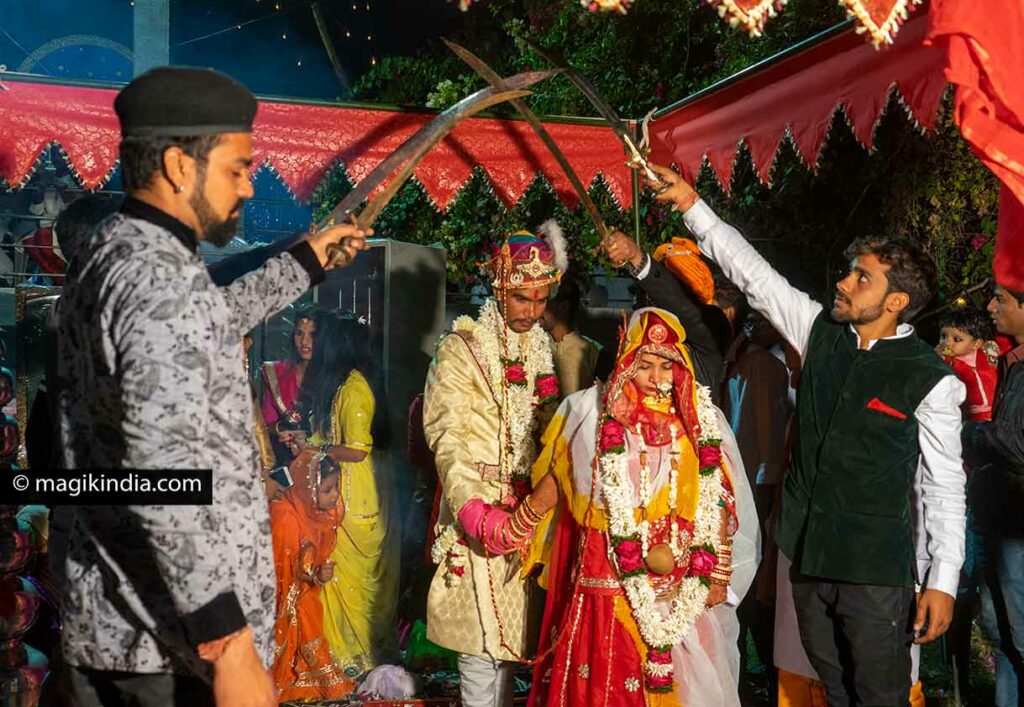
The Saptapadi (“seven steps” in Sanskrit), is the most important ritual of Hindu marriage because it represents its legal part. The marriage is consecrated only after these 7 rounds made around the sacred fire.
There are several symbolic explanations related to these 7 rounds. One of them states that a circle is 360° and that this number can be divided by any number from 1 to 9, but not by 7. Thus, by turning 7 times, the couple’s relationship then becomes indivisible!
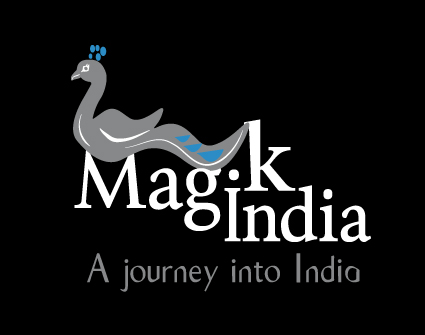

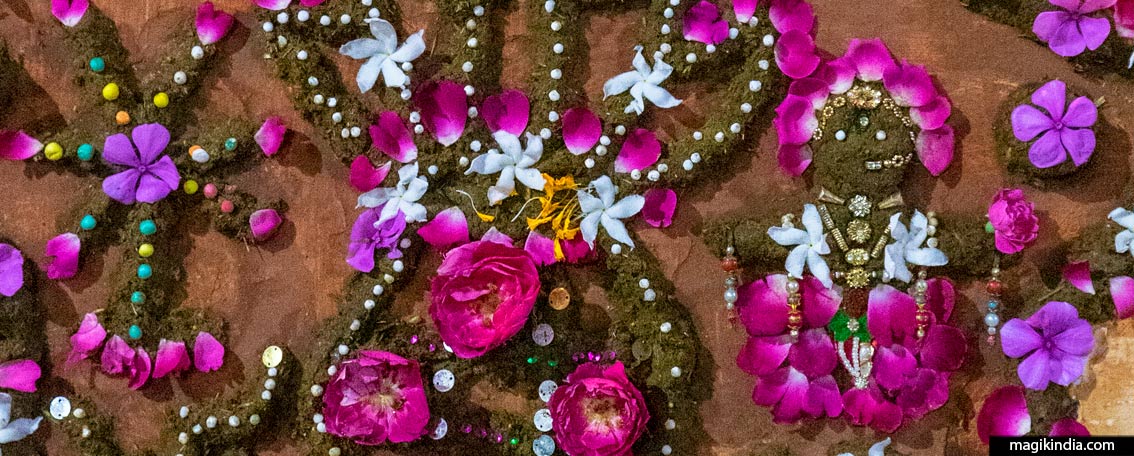
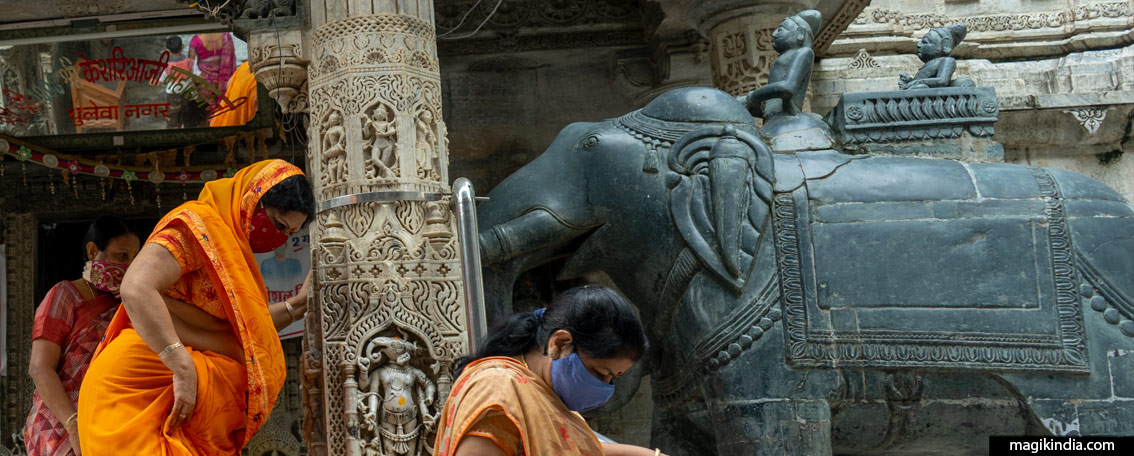
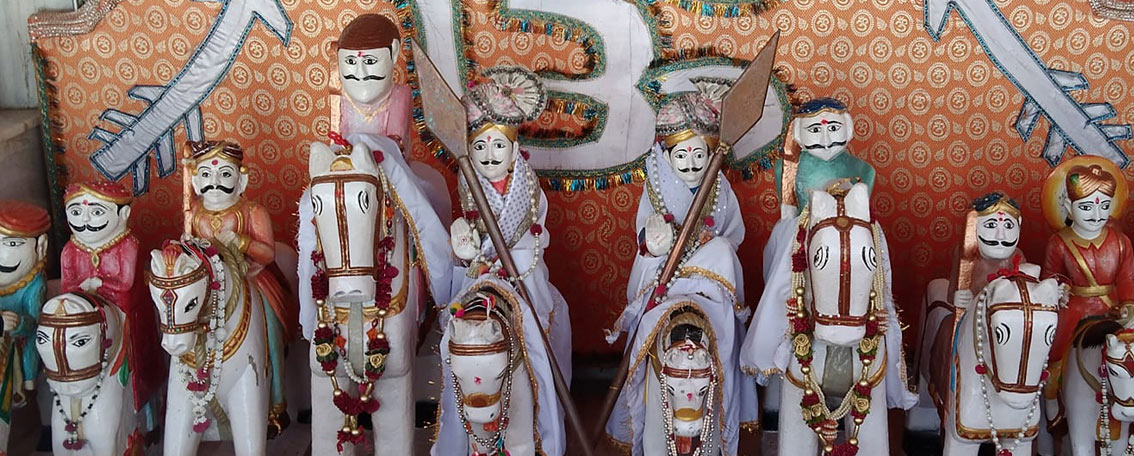


I am very glad to read this, very informative and it shows how much the Rajasthani culture rich….love from Assam ❤️
Thanks for your message Arpita. Yes Indian culture in general is very rich ! love from Rajasthan